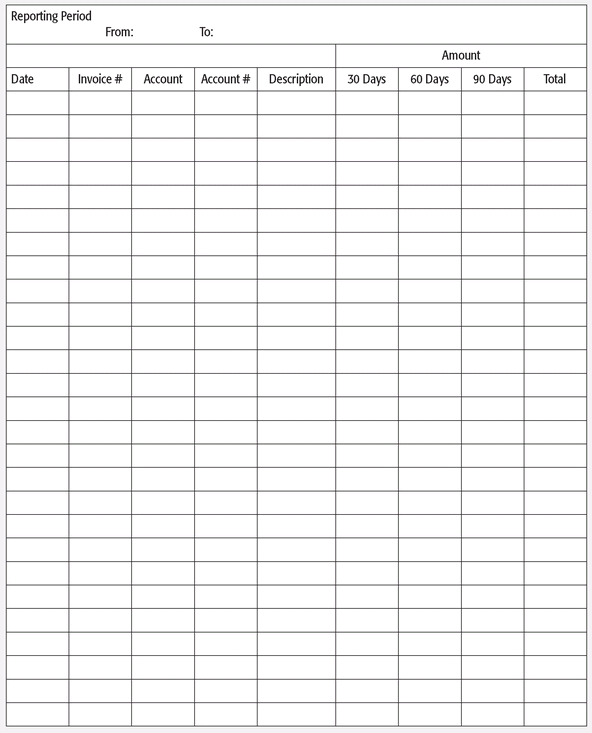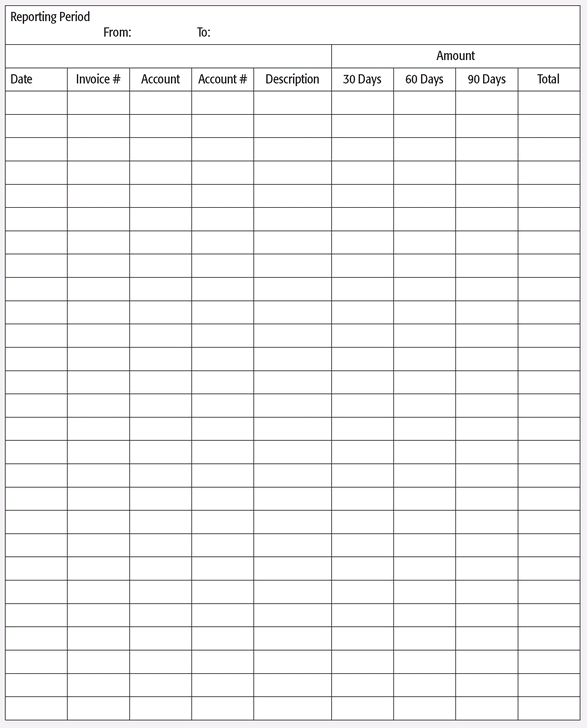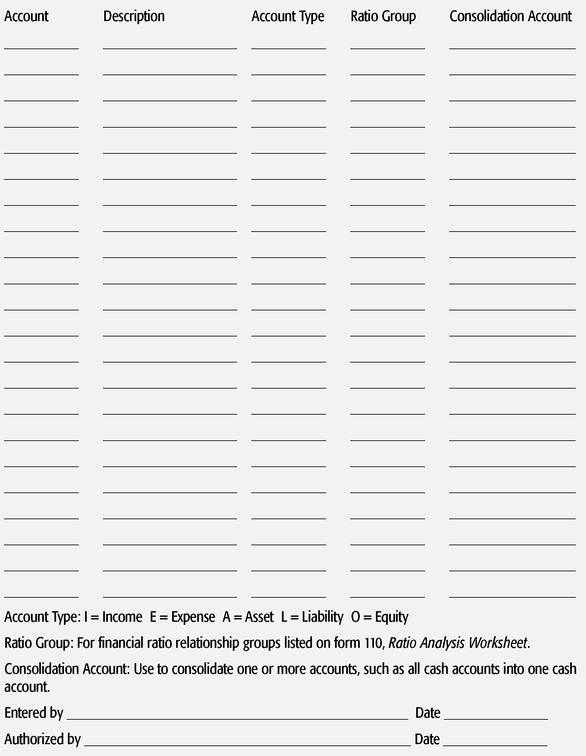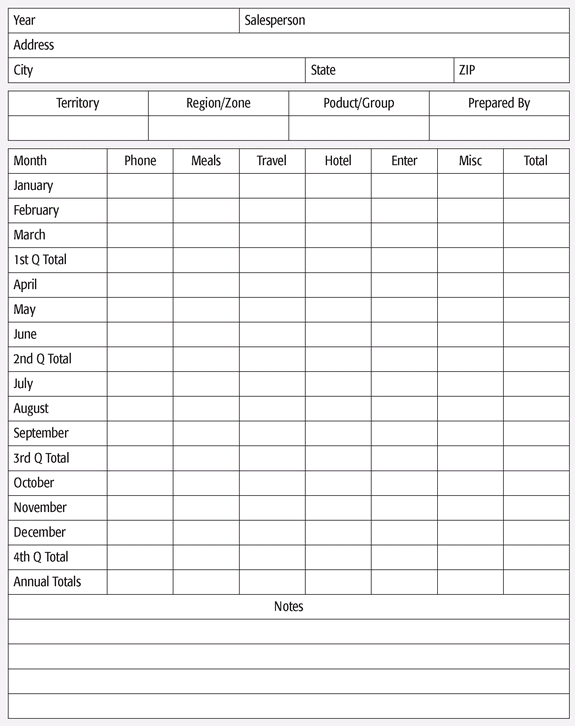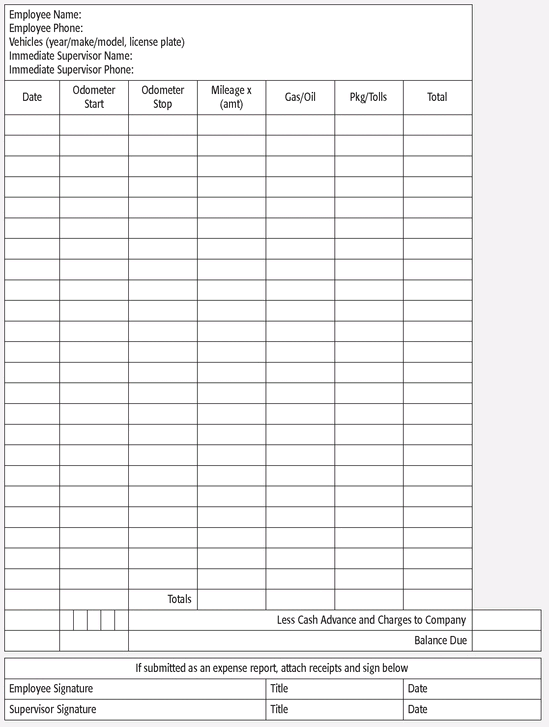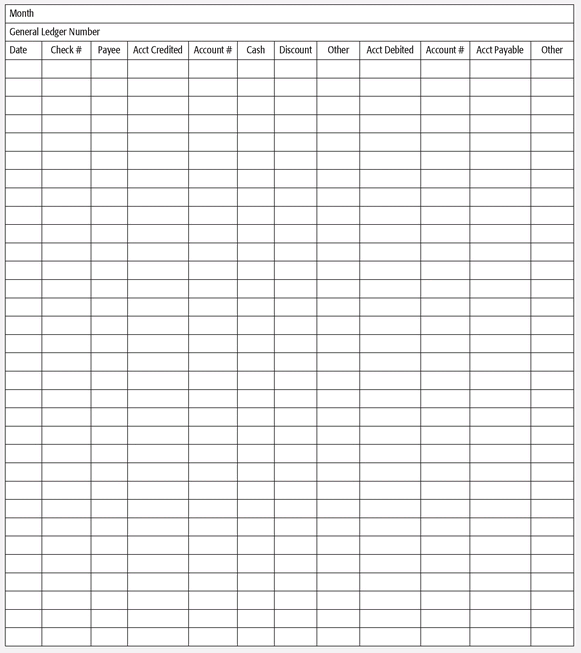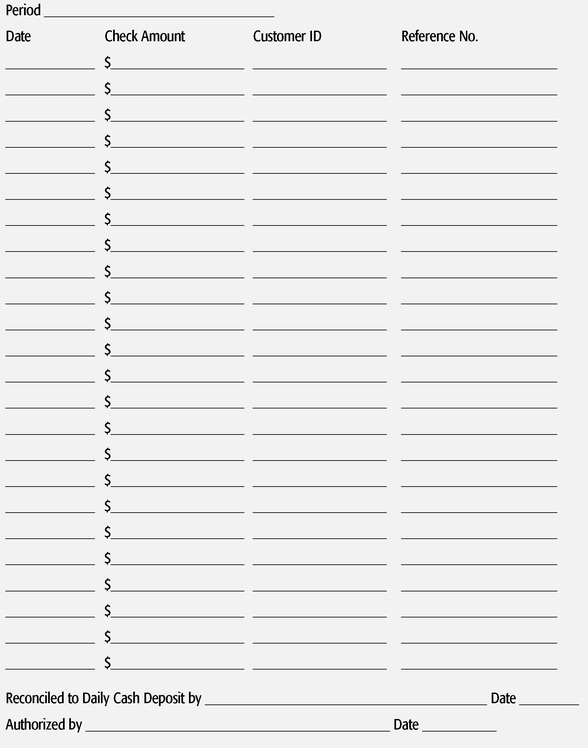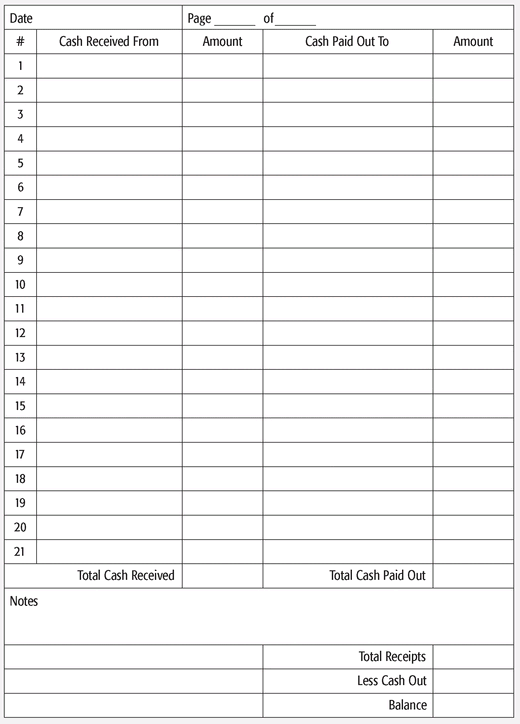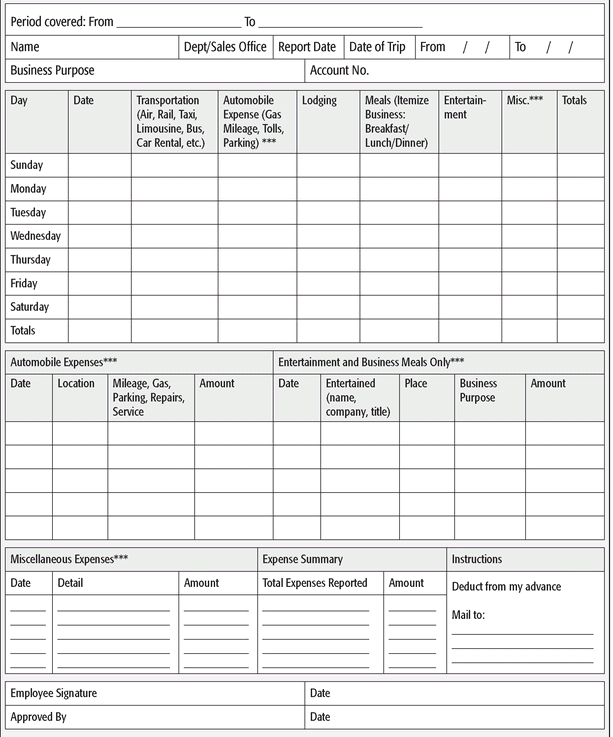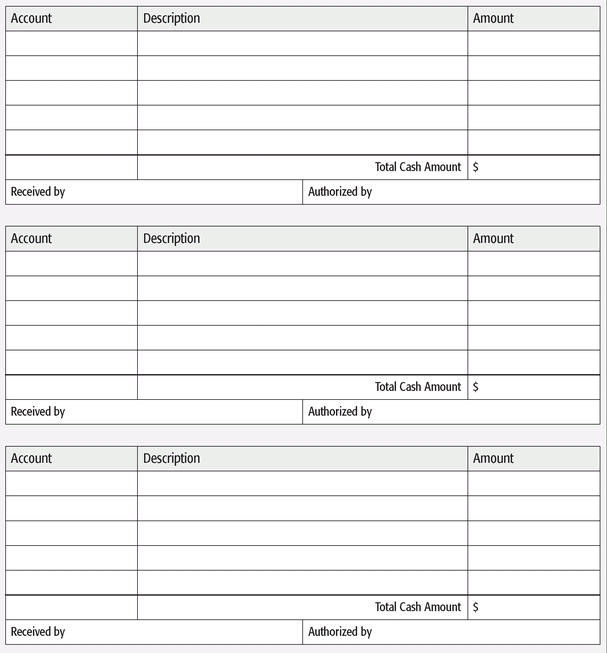CHAPTER 11
Accounting 101
THIS SECTION ADDRESSES MONITORING and controlling your entity’s general ledger activity, from chart of accounts to general journal. It is essential to maintain the integrity of the general ledger—the source of all of your financial reports. Of course, most businesses today use financial accounting software to record financial transactions. Conveniently, this software maintains the general ledger and general ledger transactions automatically. However, you must still have a sound understanding of underlying accounting principles to operate your financial software properly. If your chart of accounts is improperly created or maintained, your general ledger will be inaccurate.
Keep track of both accounts payable and accounts receivable with forms in this chapter. Use the Aging of Accounts Payable form to maintain and track the progress of your accounts payable. For accounts receivable, refer to the Aging of Accounts Receivable to track accounts’ ages and to identify accounts in need of collection activities.
The Chart of Accounts Maintenance helps you develop your chart of accounts. Classify your most common transactions into short descriptions in a logical order. Classify each chart of accounts entry as one of the following: asset, liability, capital/equity, income, or expense. expense.
Use the sample Annual Expense Report to maintain an ongoing summary of a sales territory’s and/or product group’s annual sales expenses. The sample Auto Expense Travel Report coincides with the Annual Expense report and records each employee’s transportation-related expenditures.
Keep track of cash flow with the sample Cash Disbursements Journal—a form designed to maintain a monthly record of payments and disbursements (checks) that allows for you to track outgoing cash. If your business is cash-based, use the sample Cash Receipts Control Log to verify all purchases that would show up in a cash report similar to the sample Daily Cash Report, which is used to monitor the daily cash income and expenses in your business.
Keep track of employee expenditures with the sample Expense Report that can be given to employees so they can keep a record of daily expenses, such as food, gas, phone, entertainment, etc., while on business trips and be reimbursed when they return. The sample Expense Report is also important to have on file for tax season.
Control and track petty cash flow with the sample Petty Cash Journal that shows you how to update and monitor the petty cash flow and to keep a running balance of petty cash. In addition, refer to the sample Petty Cash Vouchers for employee use when requesting and receiving approval to use petty cash.
114. Aging of Accounts Payable
115. Aging of Accounts Receivable
116. Chart of Accounts Maintenance
117. Annual Expense Report
118. Auto Expense Report
119. Cash Disbursements Journal
120. Cash Receipts Control Log
121. Daily Cash Report
122. Expense Report
123. Petty Cash Voucher
